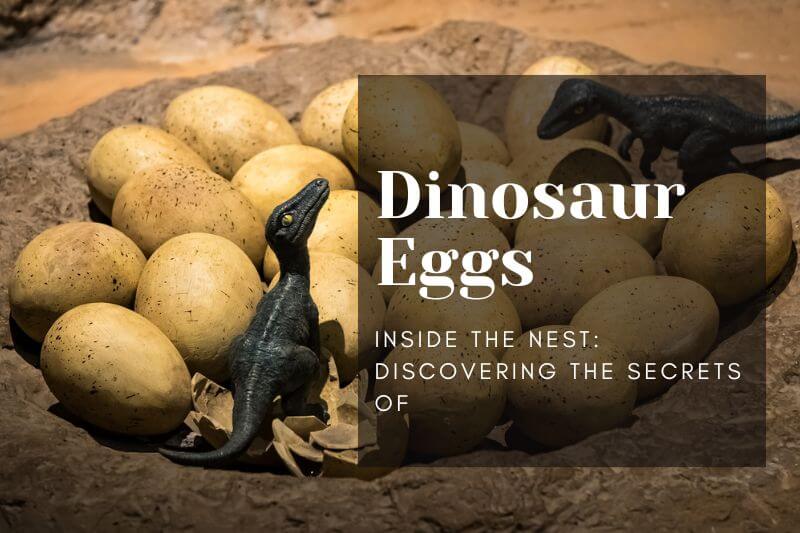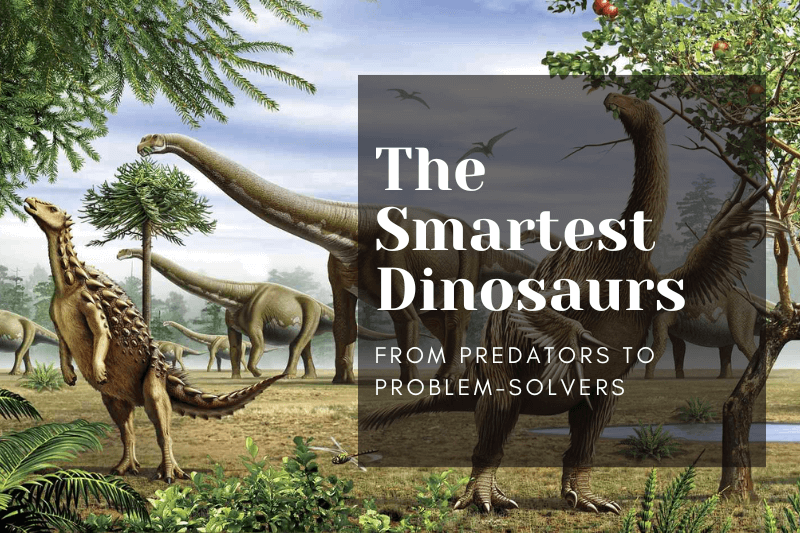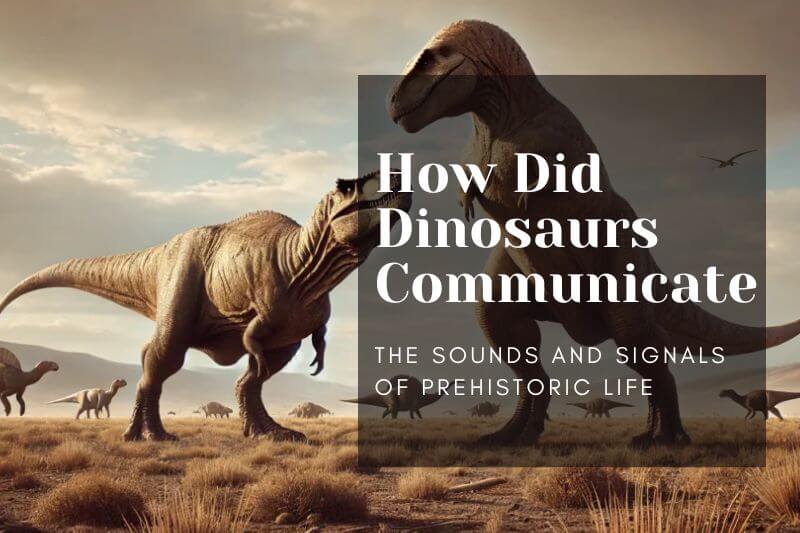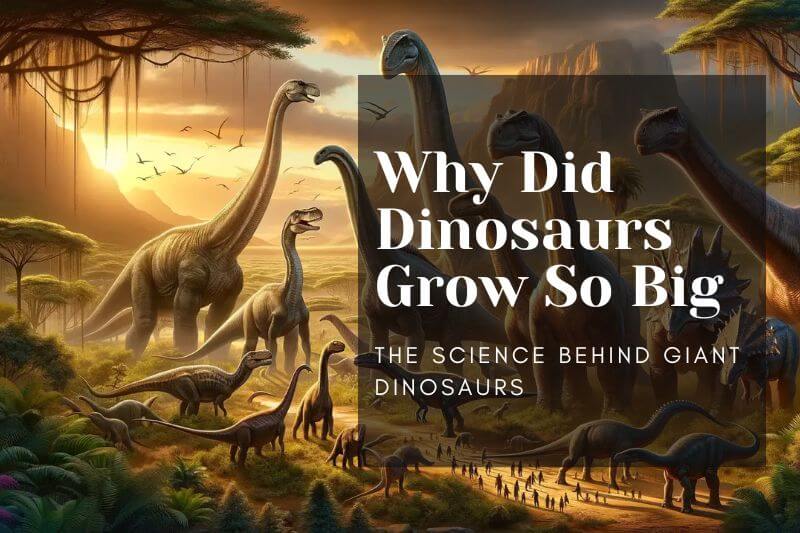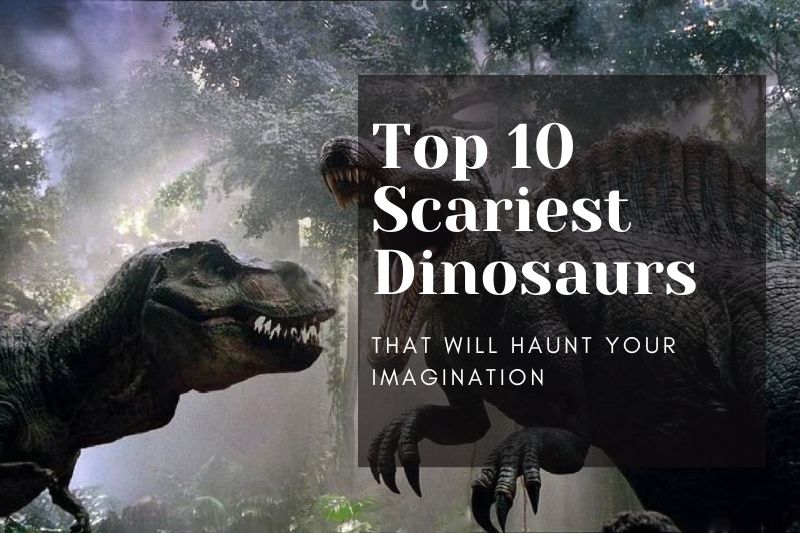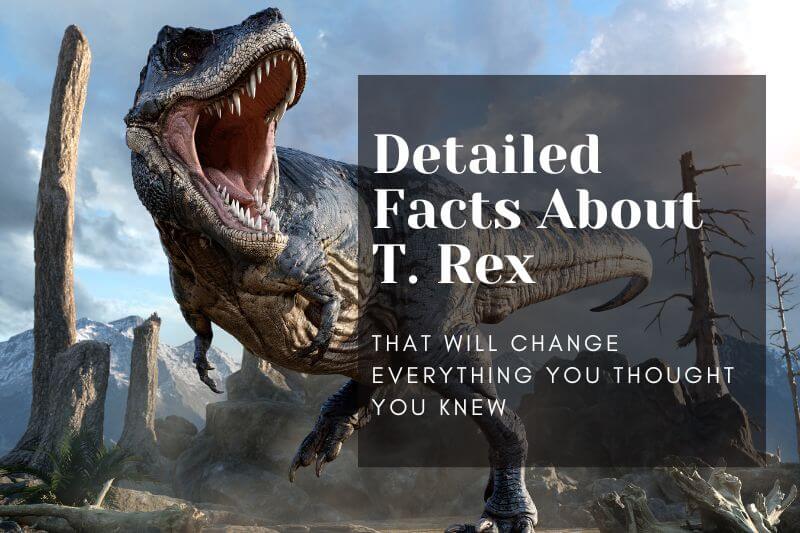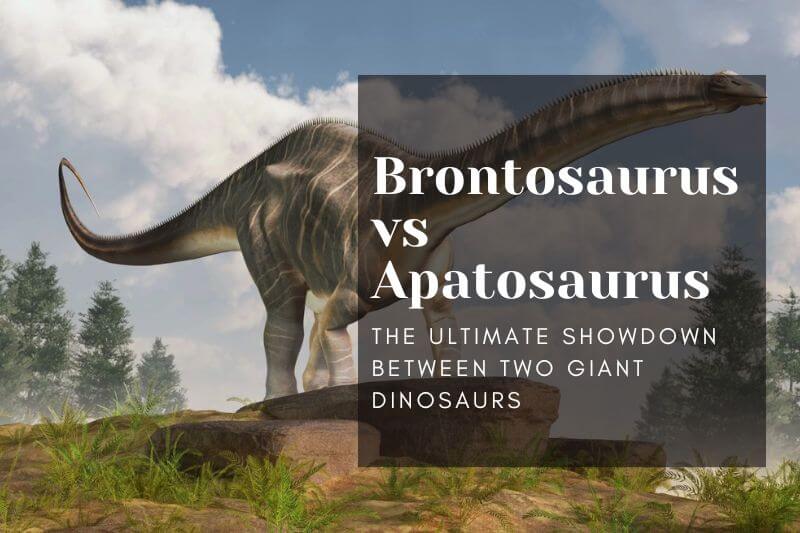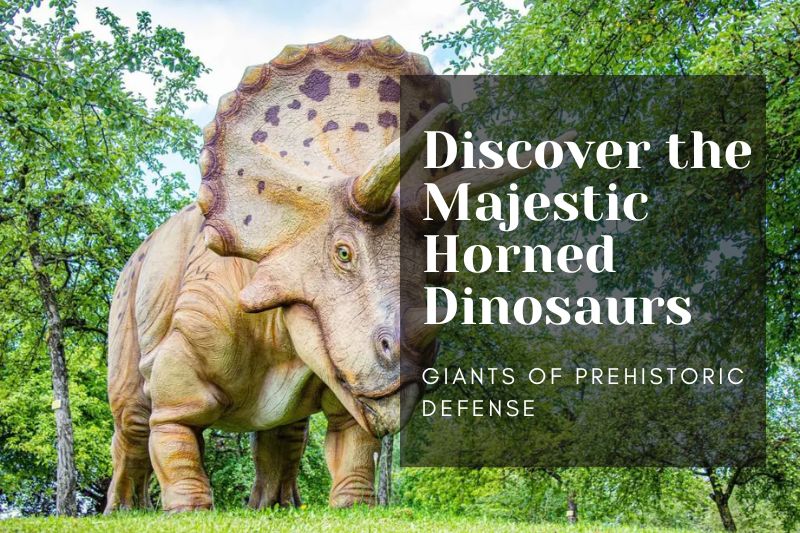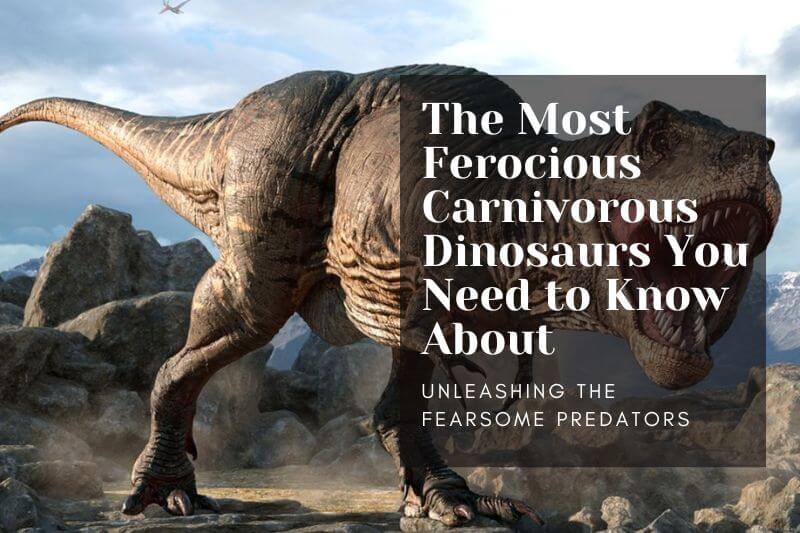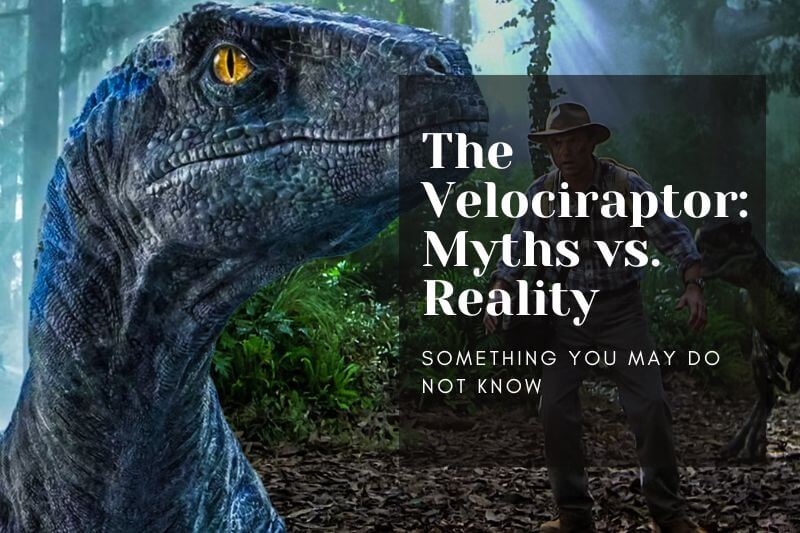The Smallest Dinosaurs: A Fascinating Journey into Prehistoric Miniatures
Date:2024/08/26 Visits:115
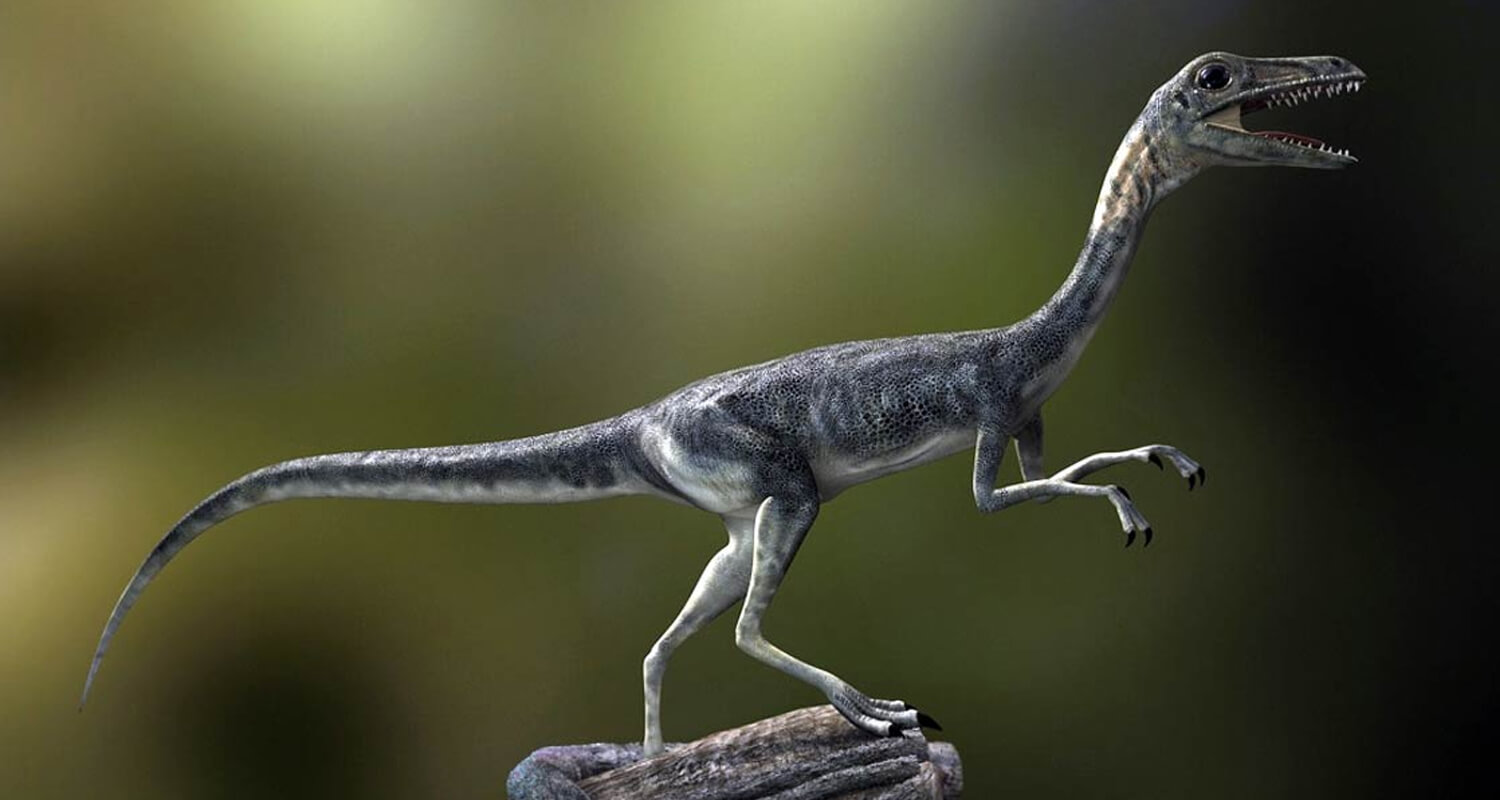 Dinosaurs, the majestic creatures that once roamed our planet, are often imagined as colossal beings. However, not all dinosaurs were giants; some were surprisingly small, showcasing a diverse range of sizes within this ancient group of reptiles. In this article, we'll explore some of the smallest dinosaurs ever discovered and delve into the unique characteristics that set them apart from their larger counterparts.
Dinosaurs, the majestic creatures that once roamed our planet, are often imagined as colossal beings. However, not all dinosaurs were giants; some were surprisingly small, showcasing a diverse range of sizes within this ancient group of reptiles. In this article, we'll explore some of the smallest dinosaurs ever discovered and delve into the unique characteristics that set them apart from their larger counterparts.
List of The Smallest Dinosaurs
Compsognathus
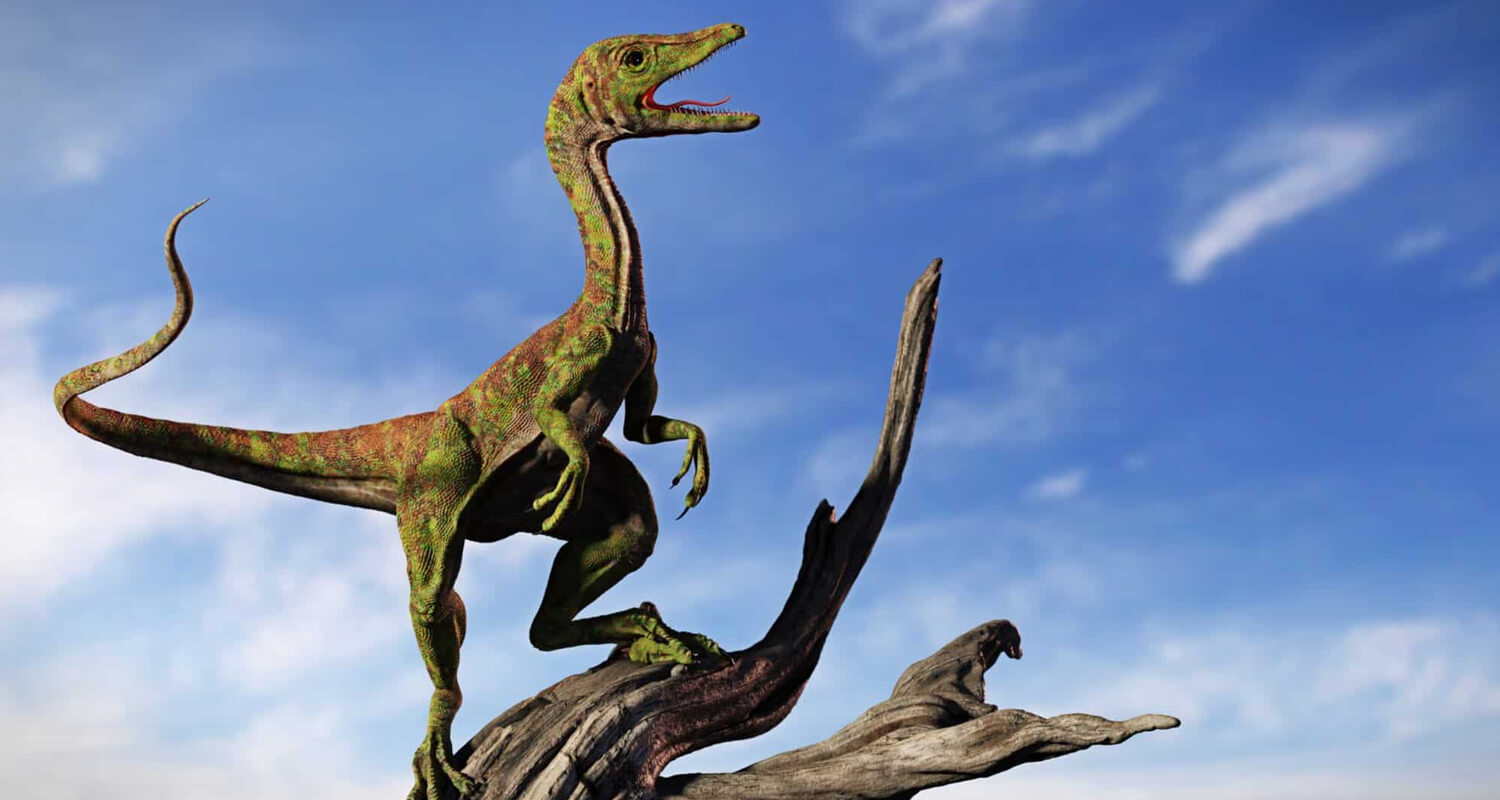
Size: Approximately 1 meter (3.3 feet) in length
Era: Late Jurassic period
Location: Europe
Features: Compsognathus was a small, bipedal carnivorous dinosaur. Known for its slender build, it likely preyed on small animals and insects. Its lightweight body allowed it to move swiftly, making it a highly efficient predator despite its diminutive size.
Microraptor
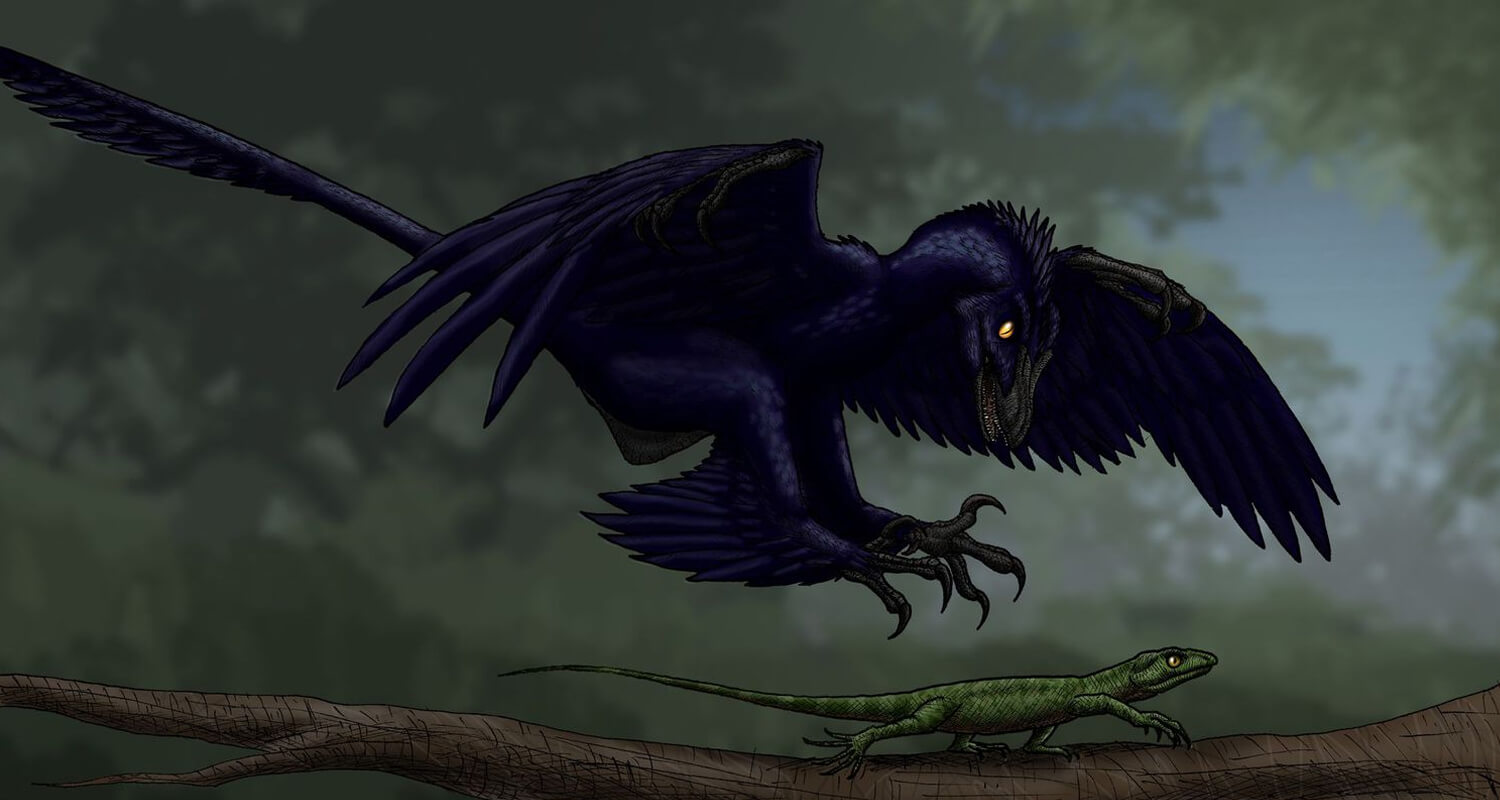
Size: Approximately 0.8 meters (2.6 feet) in length
Era: Early Cretaceous period
Location: What is now China
Features: Microraptor was a small, feathered dinosaur with four wings. It is believed to have been capable of gliding or flying short distances. Its unique anatomy and lightweight frame made it an agile predator, likely hunting small vertebrates and insects.
Parvicursor
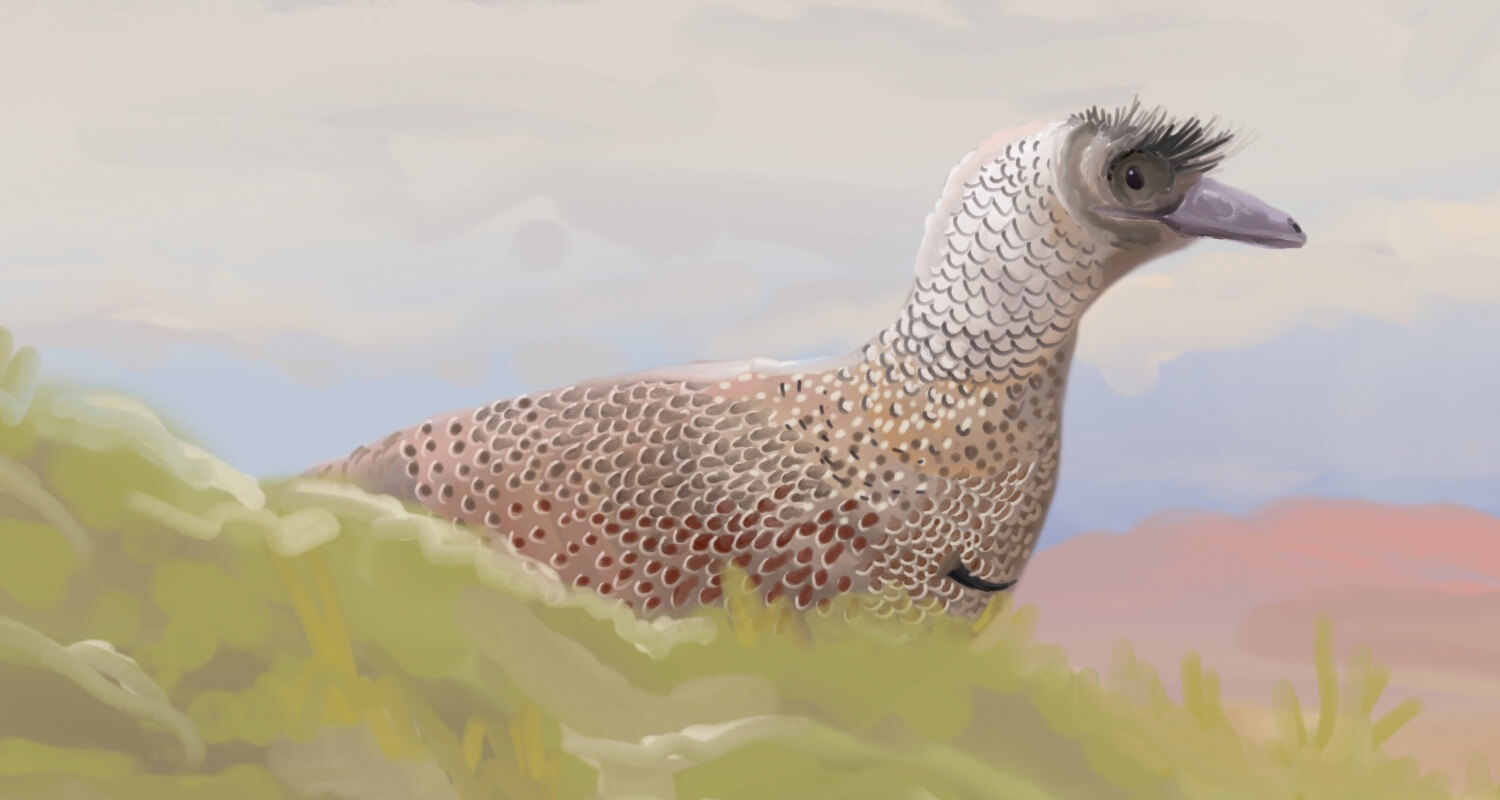
Size: Approximately 0.6 meters (2 feet) in length
Era: Late Cretaceous period
Location: What is now Mongolia
Features: Parvicursor was a small, fast-running dinosaur with a slender body. It had a long tail for balance and likely fed on insects and small vertebrates. Its lightweight structure allowed it to move quickly across its environment.
Epidexipteryx
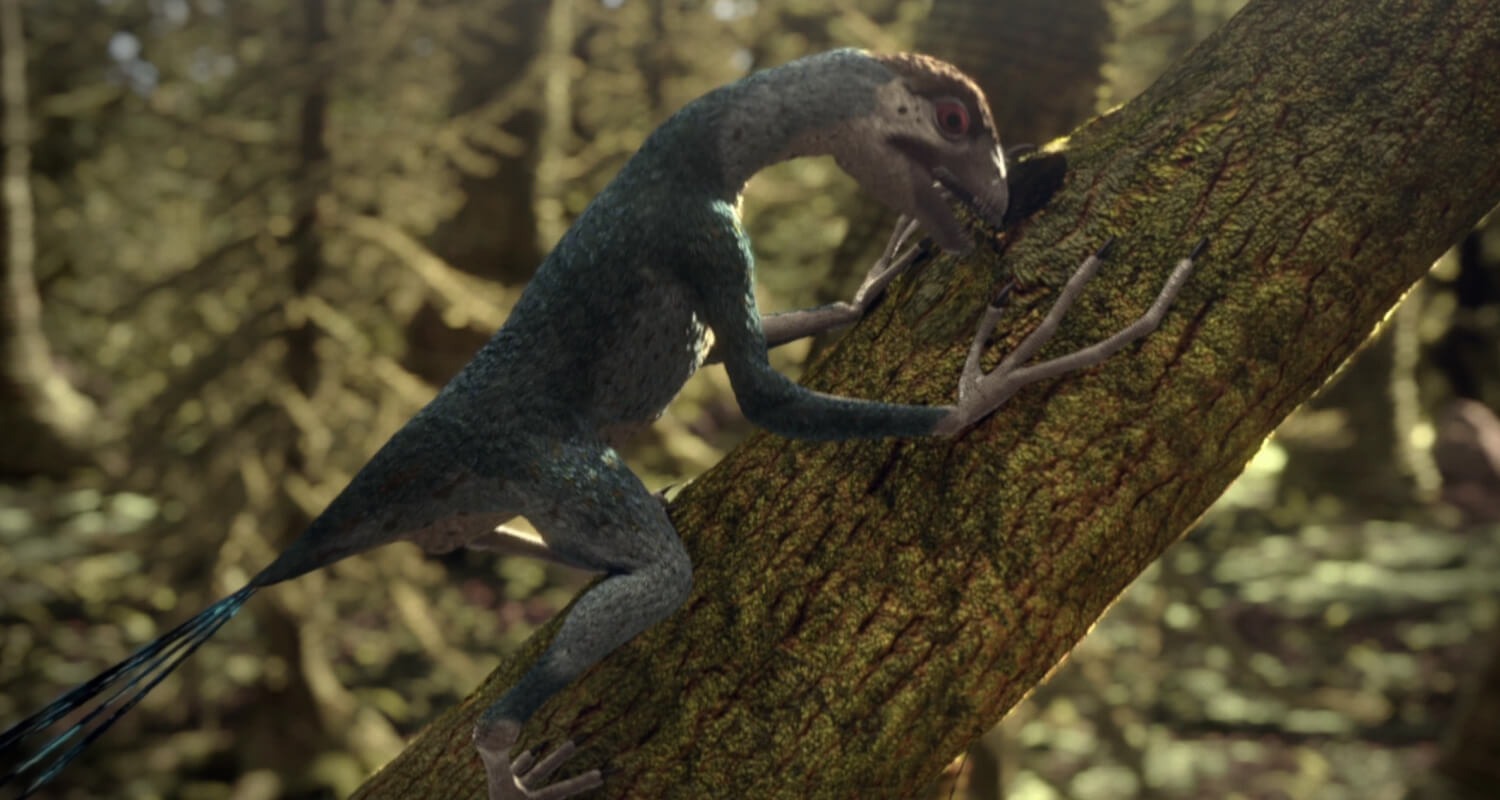
Size: Approximately 0.5 meters (1.6 feet) in length
Era: Late Jurassic period
Location: What is now China
Features: Epidexipteryx was a small, feathered dinosaur with elongated tail feathers. Its unique appearance suggests it may have used these feathers for display. It likely fed on insects and other small prey, using its nimble body to navigate through dense vegetation.
Scansoriopteryx

Size: Approximately 0.4 meters (1.3 feet) in length
Era: Late Jurassic period
Location: What is now China
Features: Scansoriopteryx was a tiny, feathered dinosaur with long fingers adapted for climbing trees. Its small size and arboreal lifestyle suggest it fed on insects and other small creatures, making it well-suited for life in a forested environment.
Lesothosaurus

Size: Approximately 1 meter (3.3 feet) in length
Era: Early Jurassic period
Location: South Africa
Features: Lesothosaurus was a small, agile herbivore. It had a lightweight, bipedal body, allowing it to move quickly. Its small size and sharp teeth made it well-adapted for feeding on tough vegetation.
Hesperonychus

Size: Approximately 0.5 meters (1.6 feet) in length
Era: Late Cretaceous period
Location: North America
Features: Hesperonychus was one of the smallest carnivorous dinosaurs, with a slender build and sharp claws. It likely preyed on small animals and insects, using its agility and speed to catch its prey in dense undergrowth.
Anchiornis
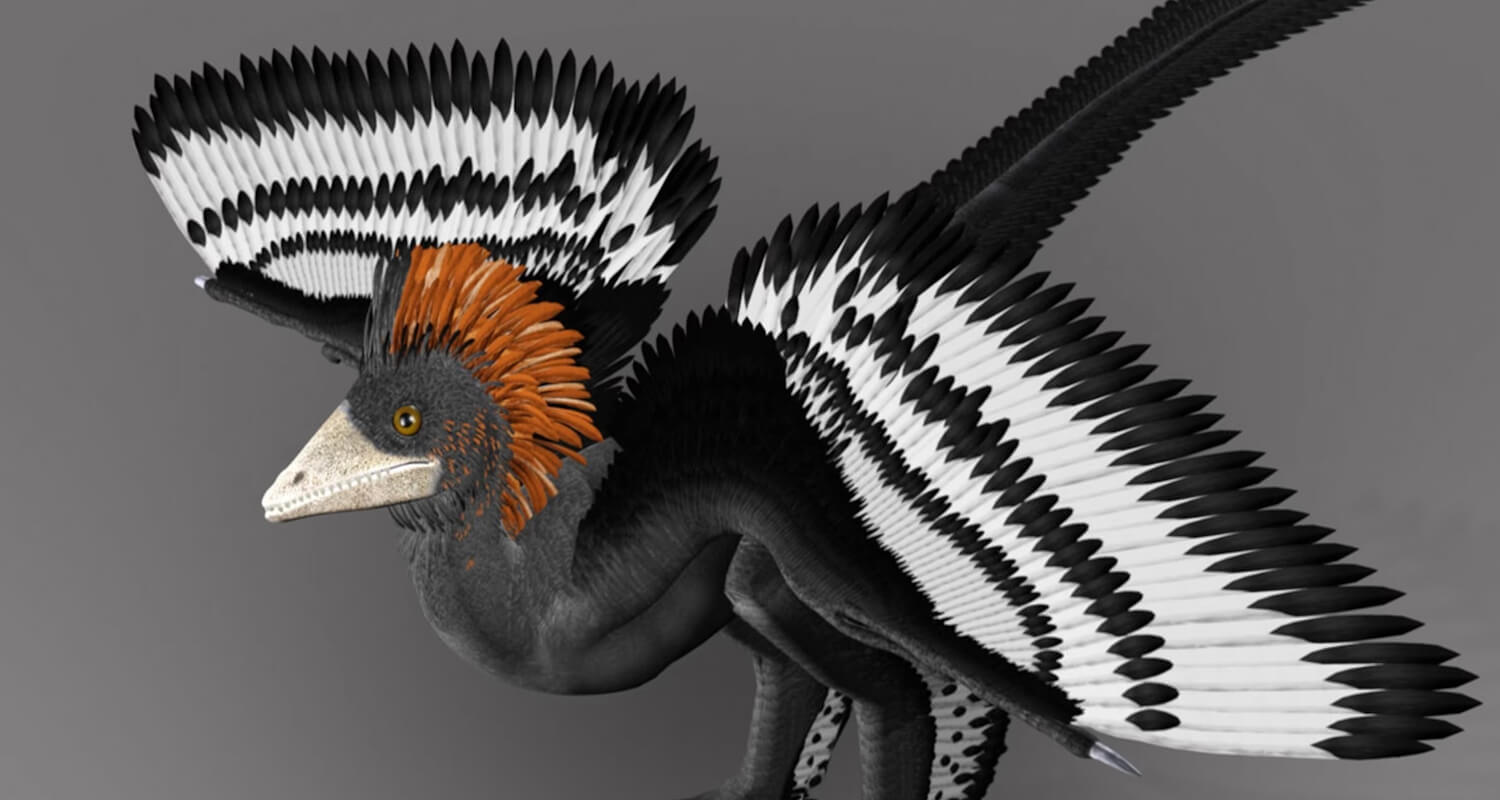
Size: Approximately 0.35 meters (1.1 feet) in length
Era: Late Jurassic period
Location: What is now China
Features: Anchiornis was a small, feathered dinosaur with wings on both its arms and legs. Its small size and feathered body suggest it was capable of gliding or even powered flight, allowing it to escape predators and hunt for insects in trees.
Fruitadens
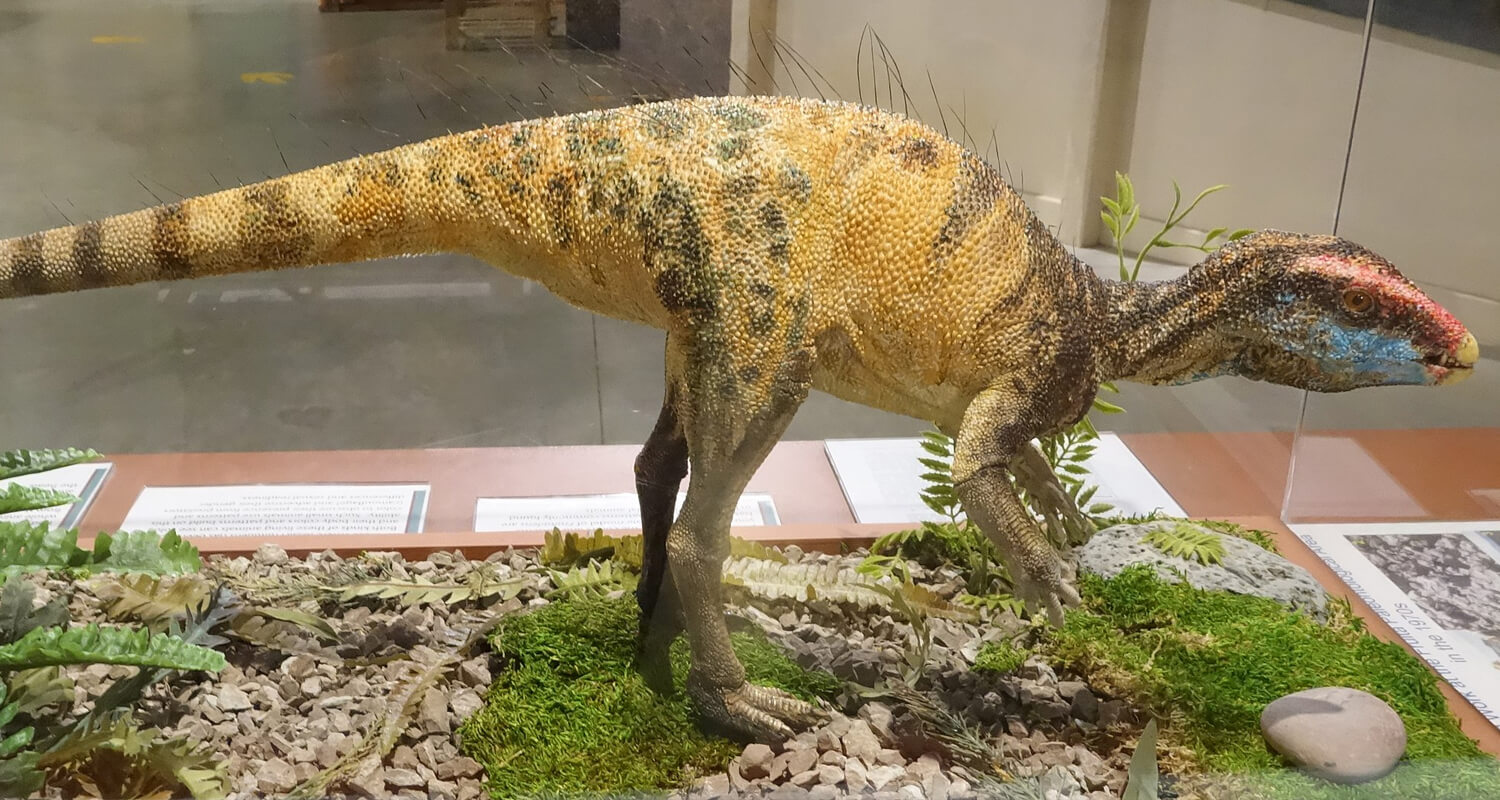
Size: Approximately 0.75 meters (2.5 feet) in length
Era: Late Jurassic period
Location: North America
Features: Fruitadens was a small, omnivorous dinosaur with a lightweight body and sharp teeth. It likely fed on plants and small animals, using its agility to forage in dense vegetation. Its small size and versatility made it a successful survivor in its environment.
Leaellynasaura
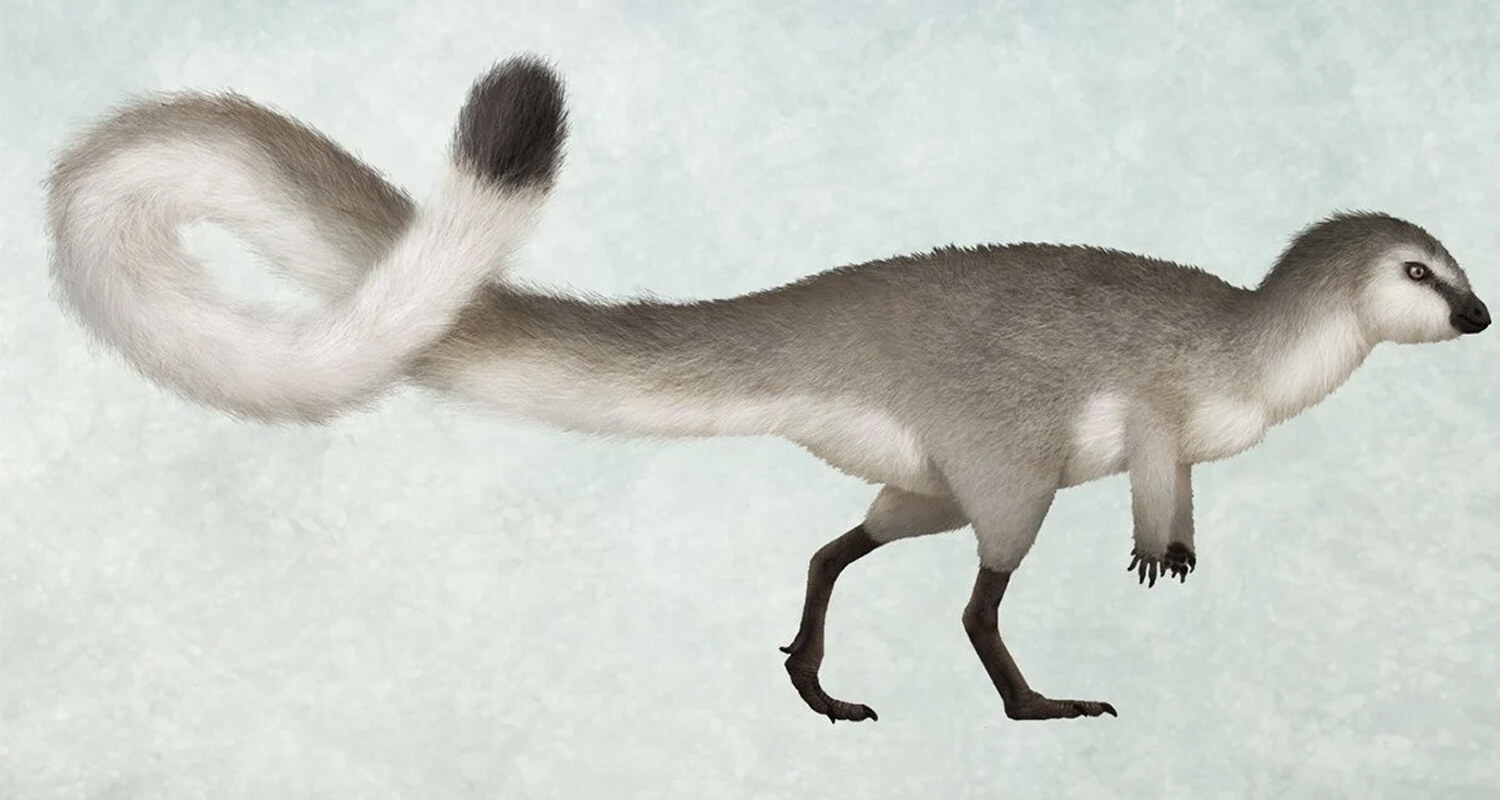
Size: Approximately 1 meter (3.3 feet) in length
Era: Early Cretaceous period
Location: Australia
Features: Leaellynasaura was a small, herbivorous dinosaur adapted to living in polar regions. Its large eyes suggest it had good vision, which would have been crucial during the long, dark winters. Its small size and agile body allowed it to forage for food in a challenging environment.
Bringing Dinosaurs to Life: Explore Our Animatronic Dinosaurs
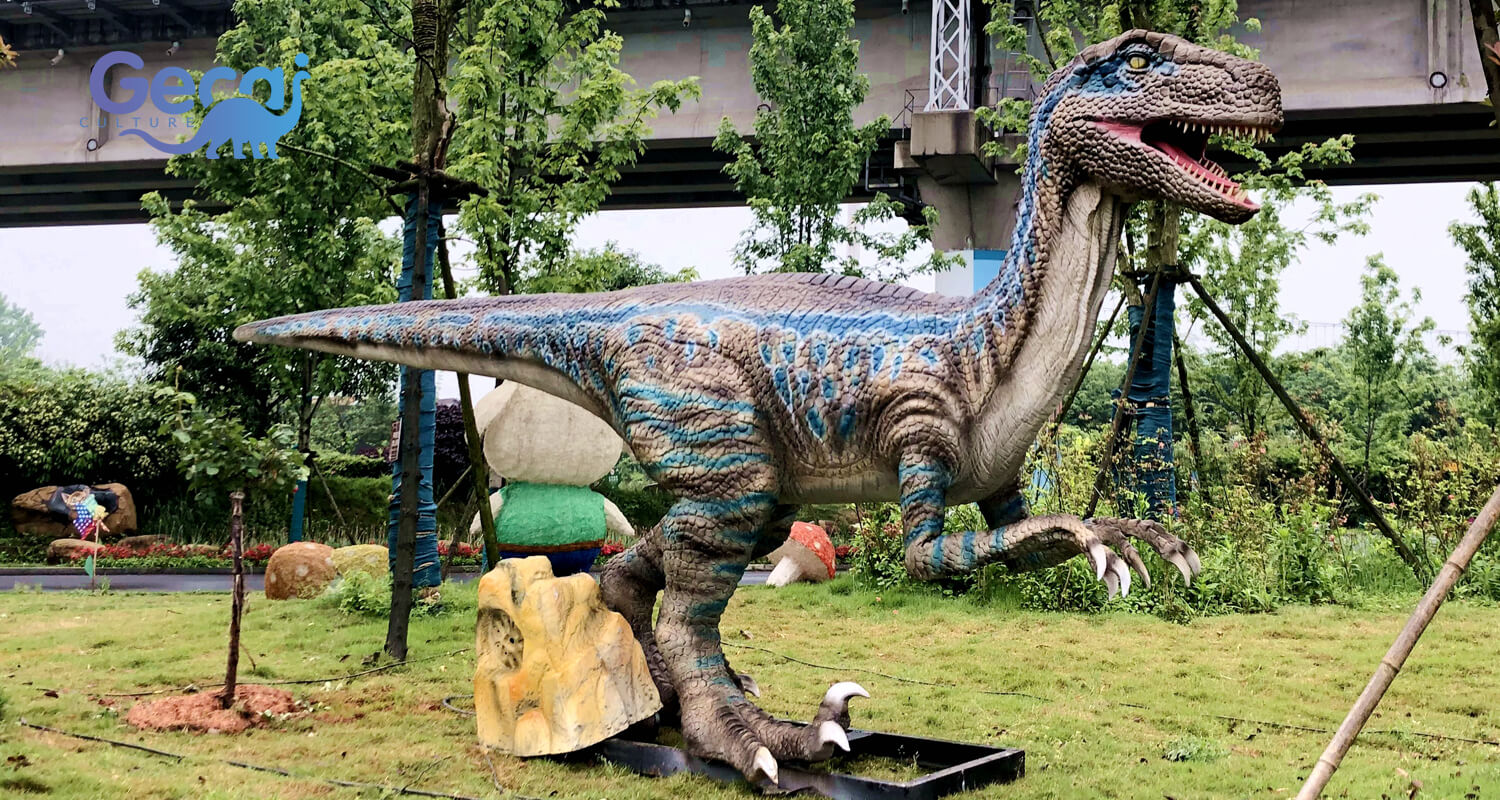 Imagine the thrill of seeing these tiny dinosaurs come to life right in your own home or educational space! At Gecai, we specialize in creating high-quality animatronic dinosaurs that capture the essence of these fascinating creatures. Our animatronic dinosaurs are designed with meticulous attention to detail, offering lifelike movements and realistic features that bring the past into the present.
Imagine the thrill of seeing these tiny dinosaurs come to life right in your own home or educational space! At Gecai, we specialize in creating high-quality animatronic dinosaurs that capture the essence of these fascinating creatures. Our animatronic dinosaurs are designed with meticulous attention to detail, offering lifelike movements and realistic features that bring the past into the present.
Why Choose Animatronic Dinosaurs
Educational Value: Our animatronic dinosaurs provide a hands-on learning experience, making them ideal for museums, educational centers, and schools.
Entertainment: Perfect for theme parks, events, and exhibitions, our dinosaurs offer interactive fun that captivates audiences of all ages.
Customization: We offer a range of customization options to fit your specific needs, from size and color to movement patterns and sound effects.
Featured Animatronic Dinosaurs
Miniaturized Dinosaurs: Experience the charm of tiny dinosaurs with our range of miniaturized animatronic models, perfect for displays and smaller spaces.
Custom Orders: Looking for a specific dinosaur? We can create custom animatronic models to bring your unique vision to life.
Embrace the wonder of these small but mighty dinosaurs with our animatronic creations. Whether you’re a dinosaur enthusiast, an educator, or simply looking to add a touch of prehistoric magic to your space, our animatronic dinosaurs offer an engaging and interactive experience that will leave a lasting impression.
FAQs About the Smallest Dinosaurs
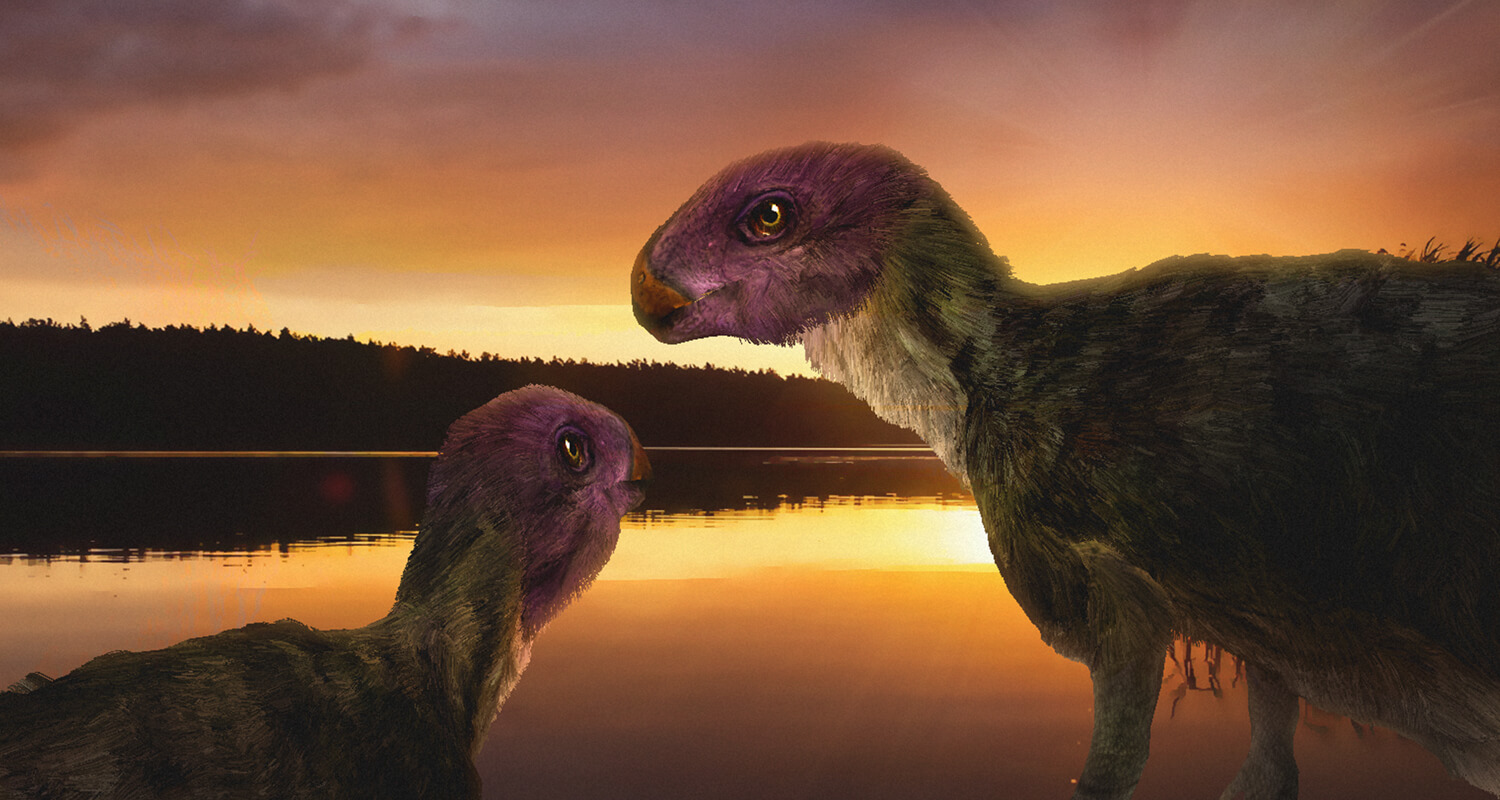
What is the smallest dinosaur ever discovered?
The smallest known dinosaur is Microraptor. This feathered dinosaur measured about 0.6 meters (2 feet) in length. Its small size and feathered body suggest it was a highly agile and possibly gliding dinosaur.
Were there dinosaurs smaller than birds?
Yes, some dinosaurs were smaller than modern birds. For instance, Microraptor and Parvicursor were both very small compared to many modern bird species. These dinosaurs were lightweight and adapted for speed and agility.
Did small dinosaurs have different survival strategies compared to larger ones?
Absolutely. Smaller dinosaurs often relied on speed, agility, and camouflage to evade predators. They also had different dietary preferences, often feeding on insects or small plants, which contrasted with the diets of larger, bulkier dinosaurs.
How did scientists determine the size of these small dinosaurs?
Scientists estimate the size of dinosaurs based on fossil remains, including bones and sometimes even fossilized footprints. Incomplete fossils are often reconstructed using comparisons with similar species and modern animals.
What kind of environment did small dinosaurs live in?
Small dinosaurs inhabited a variety of environments, including forests, deserts, and wetlands. Their small size often allowed them to navigate dense vegetation or burrow into the ground for protection and nesting.
Can I see animatronic versions of these tiny dinosaurs?
Yes! Our collection includes detailed animatronic models of various small dinosaurs. These models are designed to accurately represent the appearance and movements of these prehistoric creatures, bringing them to life in an engaging and interactive way.
Feel free to reach out if you have more questions about the smallest dinosaurs or our animatronic dinosaur offerings. Our team is here to help you explore the fascinating world of dinosaurs and bring a piece of this prehistoric past into your space.
